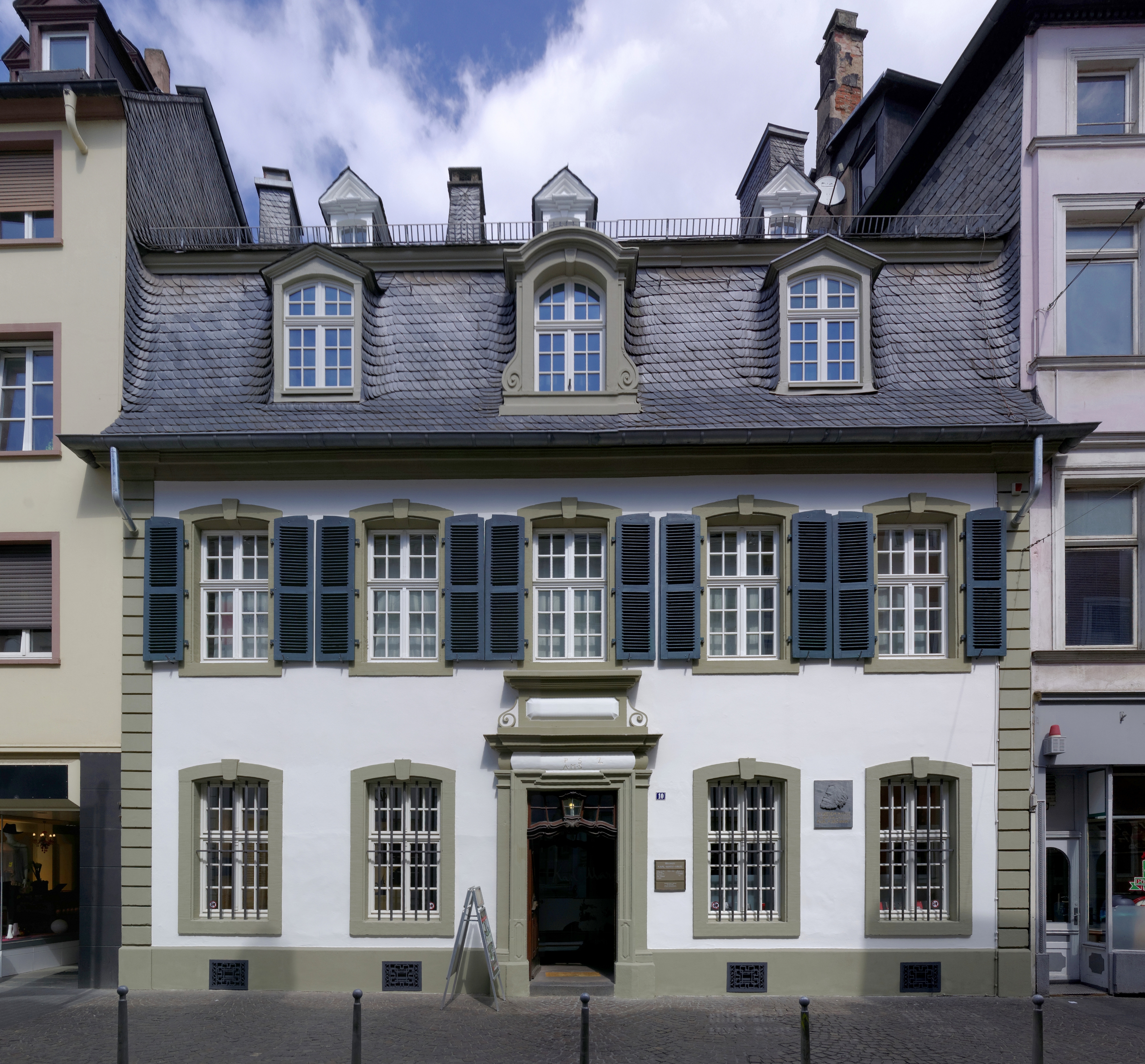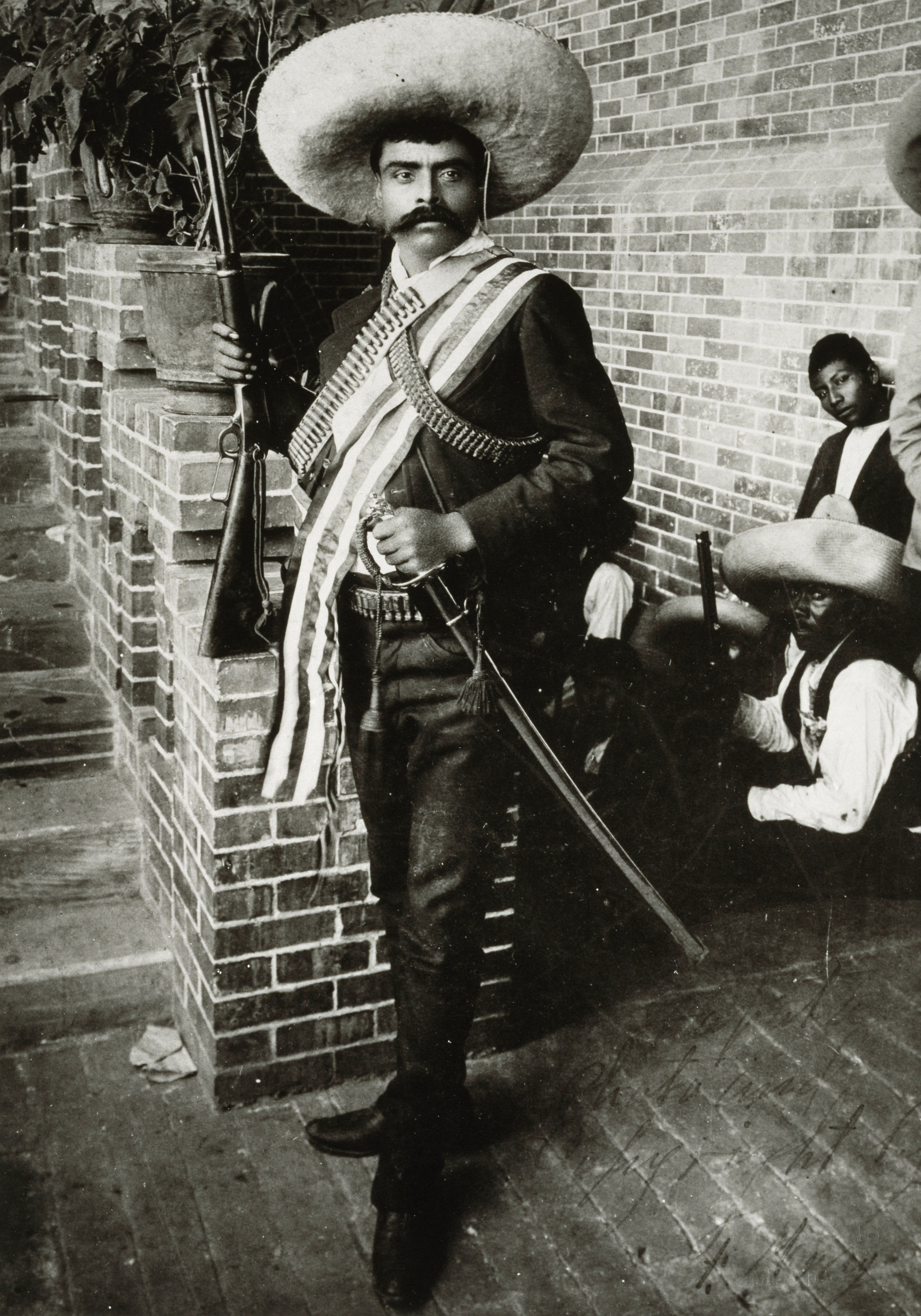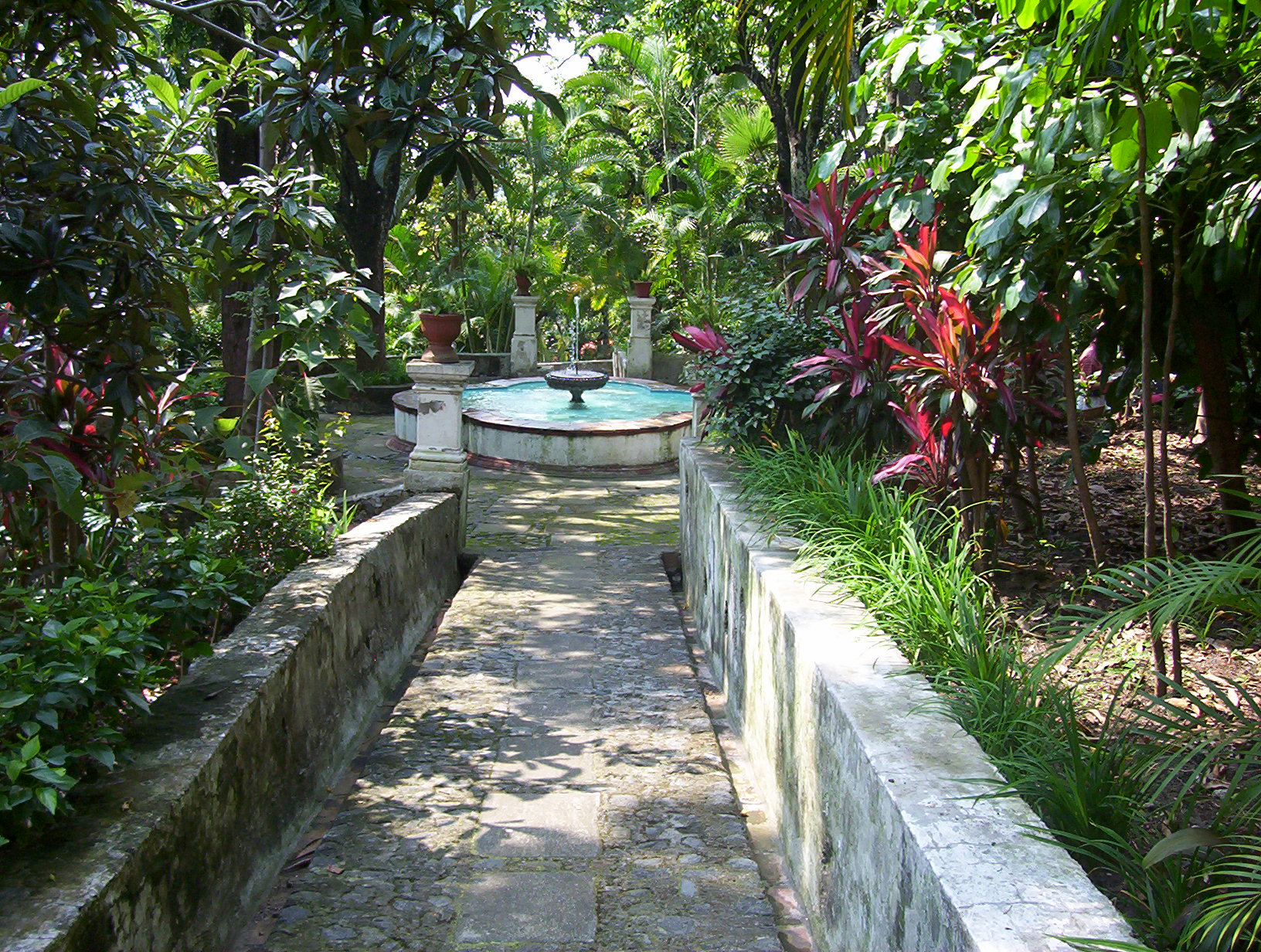|
History Of Morelos, Conquest And Revolution
''History of Morelos, Conquest and Revolution'' (1929–1930) was a fresco painted by Mexican artist Diego Rivera in Cuernavaca's Palace of Cortés. The piece was commissioned by Dwight Morrow, U.S. Ambassador to Mexico at the time. Rivera chose the history of Mexico's conquest for the subject of the mural. The mural begins with the invasion of Mexico by the Spanish, going in chronological order of Mexico's history from that invasion. Rivera chose to focus on the region of Cuernavaca, as that was the mural's location, and the Indigenous peoples of that region, showing their reactions towards the Spaniards' invasion and the events that took place afterwards. It is still available for viewing inside the Palace of Cortés in Cuernavaca today. About the artist Diego Rivera was a well-known artist from Mexico. He was born in Guanajuato, Mexico and began studying art at the Academy of San Carlos in Mexico City by the age of ten. In his adult years, Rivera spent time studying art ... [...More Info...] [...Related Items...] OR: [Wikipedia] [Google] [Baidu] |
Mural Diego Rivera, Palacio De Hernán Cortés - Panoramio
A mural is any piece of graphic artwork that is painted or applied directly to a wall, ceiling or other permanent substrate. Mural techniques include fresco, mosaic, graffiti and marouflage. Word mural in art The word ''mural'' is a Spanish adjective that is used to refer to what is attached to a wall. The term ''mural'' later became a noun. In art, the word mural began to be used at the beginning of the 20th century. In 1906, Dr. Atl issued a manifesto calling for the development of a monumental public art movement in Mexico; he named it in Spanish ''pintura mural'' (English: ''wall painting''). In ancient Roman times, a mural crown was given to the fighter who was first to scale the wall of a besieged town. "Mural" comes from the Latin ''muralis'', meaning "wall painting". History Antique art Murals of sorts date to Upper Paleolithic times such as the cave paintings in the Lubang Jeriji Saléh cave in Borneo (40,000-52,000 BP), Chauvet Cave in Ardèche department o ... [...More Info...] [...Related Items...] OR: [Wikipedia] [Google] [Baidu] |
Chapingo
Chapingo is a small town located on the outskirts of the city of Texcoco, State of Mexico in central Mexico. It is located at , about east-northeast of Mexico City International Airport. Chapingo is most notable as the location of Chapingo Autonomous University ''(Universidad Autónoma Chapingo).'' The UACh, as it is known, is the country's most prestigious center for agricultural studies. It was founded as the National School of Agriculture in Mexico City in 1854 and has been located on its current Chapingo campus since 1923. It is very close, about from both the Colegio de Posgraduados (CP) postgraduate study centre and the International Maize and Wheat Improvement Center (CIMMYT). Chapingo combines with these other leading centers to form an unofficial "national consortium for agricultural development". In the surrounding area is located also a new urban development now close to the municipal seat, Texcoco, cradle of the prehispanic Acolhuan culture, whose greatest figure ... [...More Info...] [...Related Items...] OR: [Wikipedia] [Google] [Baidu] |
1920s Murals
Nineteen or 19 may refer to: * 19 (number), the natural number following 18 and preceding 20 * one of the years 19 BC, AD 19, 1919, 2019 Films * ''19'' (film), a 2001 Japanese film * ''Nineteen'' (film), a 1987 science fiction film Music * 19 (band), a Japanese pop music duo Albums * ''19'' (Adele album), 2008 * ''19'', a 2003 album by Alsou * ''19'', a 2006 album by Evan Yo * ''19'', a 2018 album by MHD * ''19'', one half of the double album '' 63/19'' by Kool A.D. * '' Number Nineteen'', a 1971 album by American jazz pianist Mal Waldron * ''XIX'' (EP), a 2019 EP by 1the9 Songs * "19" (song), a 1985 song by British musician Paul Hardcastle. * "Nineteen", a song by Bad4Good from the 1992 album ''Refugee'' * "Nineteen", a song by Karma to Burn from the 2001 album ''Almost Heathen''. * "Nineteen" (song), a 2007 song by American singer Billy Ray Cyrus. * "Nineteen", a song by Tegan and Sara from the 2007 album '' The Con''. * "XIX" (song), a 2014 song by Slipkno ... [...More Info...] [...Related Items...] OR: [Wikipedia] [Google] [Baidu] |
Fresco Paintings In Mexico
Fresco (plural ''frescos'' or ''frescoes'') is a technique of mural painting executed upon freshly laid ("wet") lime plaster. Water is used as the vehicle for the dry-powder pigment to merge with the plaster, and with the setting of the plaster, the painting becomes an integral part of the wall. The word ''fresco'' ( it, affresco) is derived from the Italian adjective ''fresco'' meaning "fresh", and may thus be contrasted with fresco-secco or secco mural painting techniques, which are applied to dried plaster, to supplement painting in fresco. The fresco technique has been employed since antiquity and is closely associated with Italian Renaissance painting. The word ''fresco'' is commonly and inaccurately used in English to refer to any wall painting regardless of the plaster technology or binding medium. This, in part, contributes to a misconception that the most geographically and temporally common wall painting technology was the painting into wet lime plaster. Even in appare ... [...More Info...] [...Related Items...] OR: [Wikipedia] [Google] [Baidu] |
Karl Marx
Karl Heinrich Marx (; 5 May 1818 – 14 March 1883) was a German philosopher, economist, historian, sociologist, political theorist, journalist, critic of political economy, and socialist revolutionary. His best-known titles are the 1848 pamphlet '' The Communist Manifesto'' and the four-volume (1867–1883). Marx's political and philosophical thought had enormous influence on subsequent intellectual, economic, and political history. His name has been used as an adjective, a noun, and a school of social theory. Born in Trier, Germany, Marx studied law and philosophy at the universities of Bonn and Berlin. He married German theatre critic and political activist Jenny von Westphalen in 1843. Due to his political publications, Marx became stateless and lived in exile with his wife and children in London for decades, where he continued to develop his thought in collaboration with German philosopher Friedrich Engels and publish his writings, researching in the British Mus ... [...More Info...] [...Related Items...] OR: [Wikipedia] [Google] [Baidu] |
Emiliano Zapata
Emiliano Zapata Salazar (; August 8, 1879 – April 10, 1919) was a Mexican revolutionary. He was a leading figure in the Mexican Revolution of 1910–1920, the main leader of the people's revolution in the Mexican state of Morelos, and the inspiration of the agrarian movement called '' Zapatismo''. Zapata was born in the rural village of Anenecuilco in Morelos, in an era when peasant communities came under increasing repression from the small-landowning class who monopolized land and water resources for sugarcane production with the support of dictator Porfirio Díaz (President from 1877 to 1880 and 1884 to 1911). Zapata early on participated in political movements against Díaz and the landowning '' hacendados'', and when the Revolution broke out in 1910 he became a leader of the peasant revolt in Morelos. Cooperating with a number of other peasant leaders, he formed the Liberation Army of the South, of which he soon became the undisputed leader. Zapata's forces contributed ... [...More Info...] [...Related Items...] OR: [Wikipedia] [Google] [Baidu] |
Moctezuma II
Moctezuma Xocoyotzin ( – 29 June 1520; oteːkˈsoːmaḁ ʃoːkoˈjoːt͡sĩn̥), nci-IPA, Motēuczōmah Xōcoyōtzin, moteːkʷˈsoːma ʃoːkoˈjoːtsin variant spellings include Motewksomah, Motecuhzomatzin, Montezuma, Moteuczoma, Motecuhzoma, Motēuczōmah, Muteczuma, and referred to retroactively in European sources as Moctezuma II, was the ninth Emperor of the Aztec Empire (also known as Mexica Empire), reigning from 1502 or 1503 to 1520. Through his marriage with queen Tlapalizquixochtzin of Ecatepec, one of his two wives, he was also king consort of that ''altepetl''. The first contact between the indigenous civilizations of Mesoamerica and Europeans took place during his reign, and he was killed during the initial stages of the Spanish conquest of the Aztec Empire, when conquistador Hernán Cortés and his men fought to take over the Aztec capital Tenochtitlan. During his reign, the Aztec Empire reached its greatest size. Through warfare, Moctezuma expanded the ter ... [...More Info...] [...Related Items...] OR: [Wikipedia] [Google] [Baidu] |
Zapata And His Horse
Emiliano Zapata Salazar (; August 8, 1879 – April 10, 1919) was a Mexican revolutionary. He was a leading figure in the Mexican Revolution of 1910–1920, the main leader of the people's revolution in the Mexican state of Morelos, and the inspiration of the agrarian movement called ''Zapatismo''. Zapata was born in the rural village of Anenecuilco in Morelos, in an era when peasant communities came under increasing repression from the small-landowning class who monopolized land and water resources for sugarcane production with the support of dictator Porfirio Díaz (President from 1877 to 1880 and 1884 to 1911). Zapata early on participated in political movements against Díaz and the landowning '' hacendados'', and when the Revolution broke out in 1910 he became a leader of the peasant revolt in Morelos. Cooperating with a number of other peasant leaders, he formed the Liberation Army of the South, of which he soon became the undisputed leader. Zapata's forces contributed to ... [...More Info...] [...Related Items...] OR: [Wikipedia] [Google] [Baidu] |
Grisaille
Grisaille ( or ; french: grisaille, lit=greyed , from ''gris'' 'grey') is a painting executed entirely in shades of grey or of another neutral greyish colour. It is particularly used in large decorative schemes in imitation of sculpture. Many grisailles include a slightly wider colour range. Paintings executed in brown are referred to as '' brunaille'', and paintings executed in green are called '' verdaille''. A grisaille may be executed for its own sake, as an underpainting for an oil painting (in preparation for glazing layers of colour over it) or as a model from which an engraver may work (as was done by Rubens and his school). Full colouring of a subject makes many demands of an artist, and working in grisaille was often chosen as it may be quicker and cheaper than traditional painting, although the effect was sometimes deliberately chosen for aesthetic reasons. Grisaille paintings resemble the drawings, normally in monochrome, that artists from the Renaissance on were ... [...More Info...] [...Related Items...] OR: [Wikipedia] [Google] [Baidu] |
Plutarco Elías Calles
Plutarco Elías Calles (25 September 1877 – 19 October 1945) was a general in the Mexican Revolution and a Sonoran politician, serving as President of Mexico from 1924 to 1928. The 1924 Calles presidential campaign was the first populist presidential campaign in Mexico's history, as he called for land redistribution and promised equal justice, expanded education, further labor rights, and democratic governance. After Calles' populist phase (1924–1926) he was committed to separating church from state (1926–1928), passing several anticlerical laws that resulted in the Cristero War. Calles is most noted for his founding of the Institutional Revolutionary Party in 1929, which ensured political stability in the wake of the assassination of president-elect Alvaro Obregón in 1928. Including its two subsequent incarnations the party held power continuously from 1929 to 1997, and was not defeated in a presidential election until 2000. After the end of his term, Calles co ... [...More Info...] [...Related Items...] OR: [Wikipedia] [Google] [Baidu] |
Cuernavaca Palacio Cortes
Cuernavaca (; nci-IPA, Cuauhnāhuac, kʷawˈnaːwak "near the woods", ) is the capital and largest city of the state of Morelos in Mexico. The city is located around a 90-minute drive south of Mexico City using the Federal Highway 95D. The name ''Cuernavaca'' is a euphonism derived from the Nahuatl toponym and means 'surrounded by or close to trees'. The name was Hispanicized to ''Cuernavaca''; Hernán Cortés called it ''Coadnabaced'' in his letters to Charles V, Holy Roman Emperor, and Bernal Díaz del Castillo used the name ''Cuautlavaca'' in his chronicles. The coat-of-arms of the municipality is based on the pre-Columbian pictograph emblem of the city which depicts a tree trunk () with three branches, with foliage, and four roots colored red. There is a cut in the trunk in the form of a mouth, from which emerges a speech scroll, probably representing the language Nahuatl and by extension the locative suffix , meaning 'near'. Cuernavaca has long been a favorite escape ... [...More Info...] [...Related Items...] OR: [Wikipedia] [Google] [Baidu] |



.jpg)





